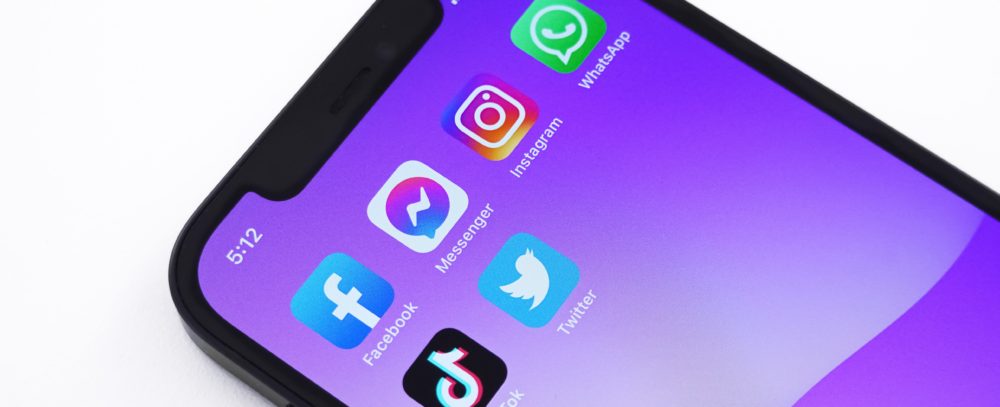3 Lasting Post-Pandemic Effects on Influencer Marketing

Spending on influencer marketing in the U.S. is predicted to reach $4 billion next year. However, the industry has been forced to change focus due to lasting effects of the pandemic and the challenging algorithm and business model updates that have played out in recent headlines.
Below, we break down these major changes for influencers, and examine how brands can pivot their social strategies to achieve effective campaigns in this evolving climate.
TikTok Takes Top Spot for Content
The number of active social media users continued to grow throughout the pandemic, with TikTok as the platform experiencing the greatest growth, up 60 percent in users to 800 million, according to the latest report from HypeAuditor, ‘State of Influencer Marketing.’ With nearly 70 percent of TikTok users aged between 13 and 24 years old, the platform became the perfect destination for brands to reach Gen-Z consumers using influencers to bridge the gap.
Looking ahead, TikTok appears to be here to stay with rising brand and influencer presence. A smart tip for brands building a following on TikTok is to begin by seeding your messages with influencers who already reach your target demographic. These influencers can help build brand awareness and drive engagement in an authentic way.
Algorithm Changes Shift Strategy for Both Influencers and Brands
To compete with the rising popularity of the short-format video that has become synonymous with TikTok, Instagram recently announced new algorithm changes that favor IGTV and Instagram Reels. These changes will prioritize video content over static photos – a shift for the platform which made its claim to fame as a photo-sharing app. These algorithm changes will require brands and influencers to adjust their content strategies to prioritize short format, sharable videos.
According to HypeAuditor, the Instagram influencer market is expected to grow 15 percent in 2021, showing strong promise for brands and influencers on the platform if they capitalize on social trends and embrace video.

Brands and Influencers Are Hyper Selective and Socially Conscious
Brands responded to the pandemic by becoming more conservative in their marketing strategies and influencer budgets. Even large companies like Amazon announced a reduction in commission rates for their influencer affiliate program in April 2020. In response, influencers focused their attention on other sources of revenue including developing new content, merchandise and direct-to-consumer offers like e-books and guides.
In response to consumers’ growing expectations that brands become more socially conscious, many companies were selective in choosing their paid influencer partners. Meanwhile, influencers also narrowed their scope of potential partners – paying considerable attention to selecting brands that closely aligned with their audience in a genuine way. Increased accountability for brands and influencers alike to be more mindful of what they are posting online resulted in more targeted partnerships – a trend that we believe will continue post-pandemic.
As an integrated marketing and communications agency, WCG has multiple influencer marketing capabilities to support your brand. To learn how we can help develop influencer strategies and manage partnerships, contact us at hello@wilksgrp.com.